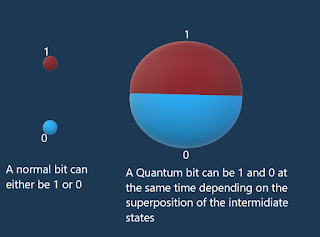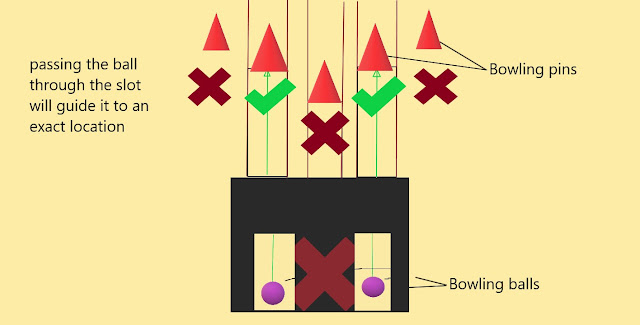The exploitation of nuclear energy (The nuclear reactor)
After understanding the principle of nuclear chain reaction, let's take a sneak peek about how to convert such a mess into an exploitable energy.
The process happens in a nuclear reactor which contains 3 basic components:
-The fuel rods which are, as we mentioned before, made usually from Uranium 235 or Plutonium 239.
-The moderator or the coolant which circulates the heat produced by the nuclear fission, It also slows the chain reaction which gives us more control over the procedure and averts the risk of an overpowered reaction.
-The control rods absorb the neutrons so they help stop the nuclear reaction.
-The heat exchanger which contains water.
-The turbine connected to a generator.
The operation begins by lifting the control rods from the nuclear reactor, this allows the neutrons to circulate freely and trigger the chain reaction, as the fuel rods get hotter and hotter as a result of the nuclear fission, the heat is transferred through the coolant to the heat exchanger. The water within this last begins to boil until it evaporates creating pressurized steam that is projected into an energy turbine, the turbine plays the role of converting mechanical work into electrical energy that is used in daily life usage. Moreover, a condenser connected to the steam pipes revert the water vapor into its initial liquid state by cooling it down to be used again and again through other cycles of energy generation.
The nuclear energy represents 12% from the world's generated energy and it's not considered as a real alternative to fossil fuel because it generates a lot of toxic waste which is very harmful to the environment.




Comments
Post a Comment